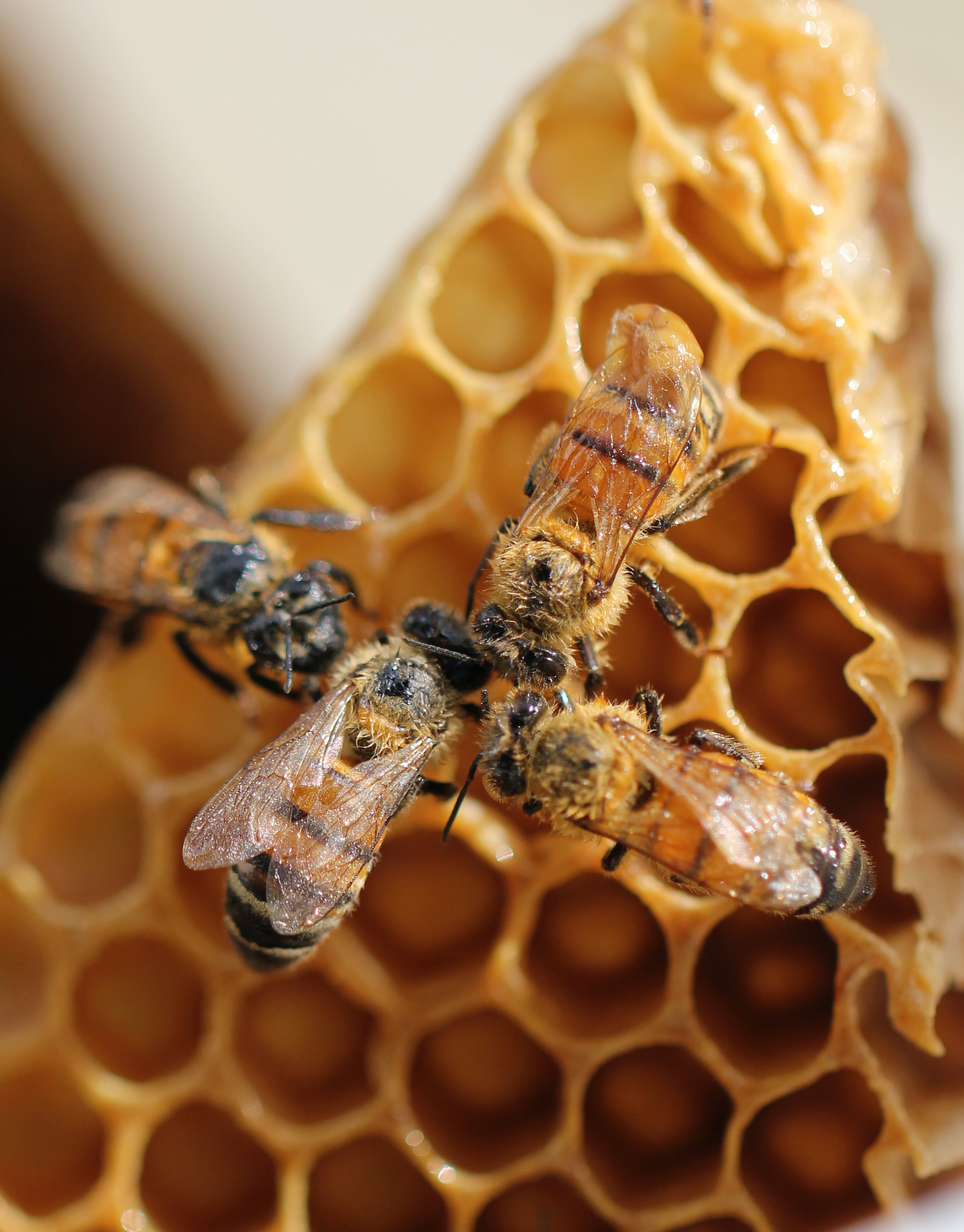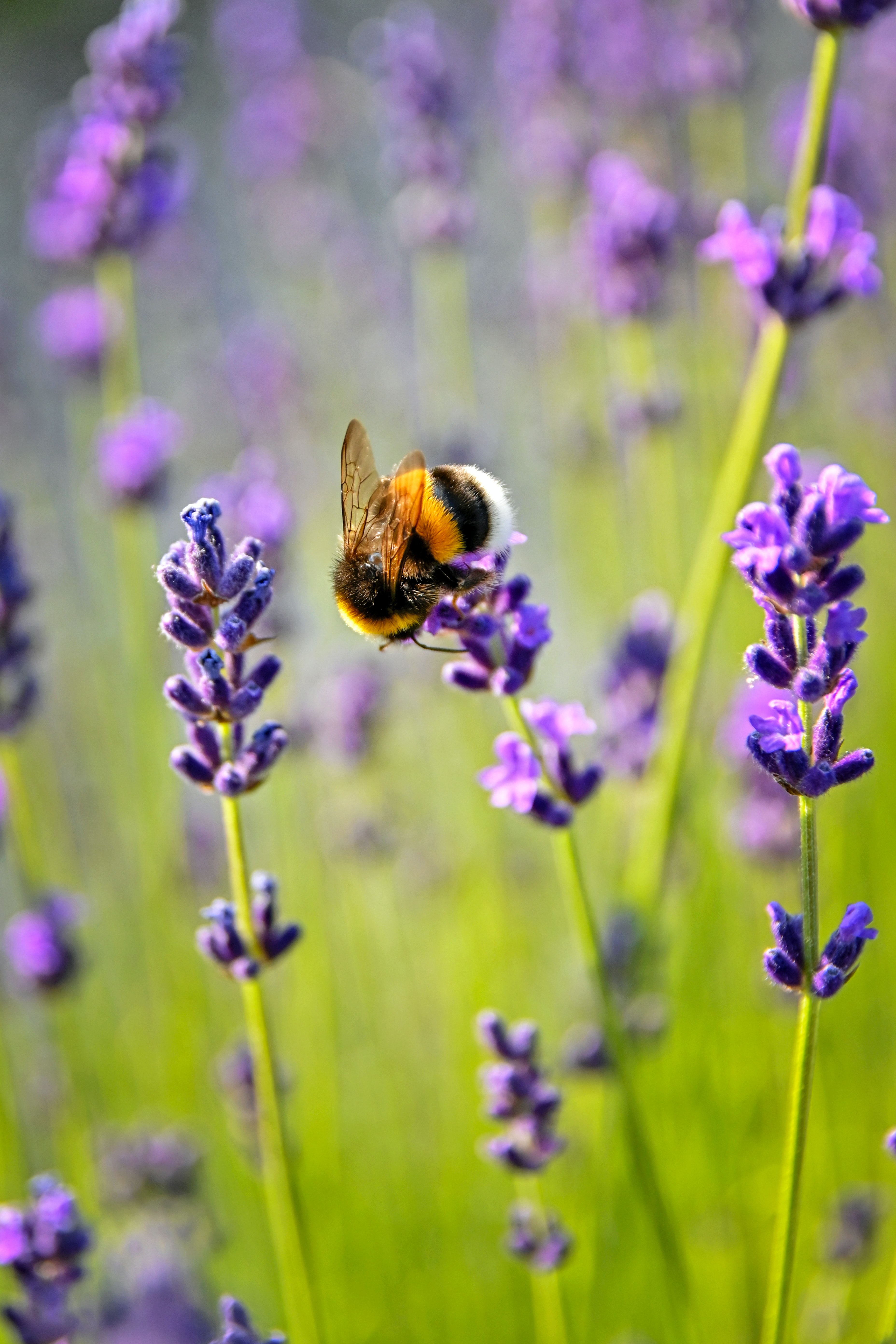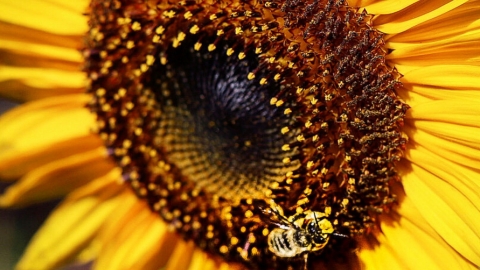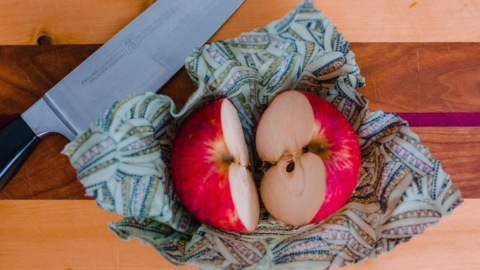Beekeeping 101
I have to admit that I came to beekeeping in a backwards fashion. At age 55, a friend asked me if I had ever considered beekeeping. At the time, my wife Judy and I had discussed it several times without making any firm plans. I told my friend this, and he asked if I wanted his equipment, as he had tried it for a few years and then given up on it. Thus, I found myself parked in front of his barn the following Saturday with my pickup truck, loading boxes, frames of comb, spinners, bee suits and other paraphernalia into the box of the truck.
Did I know what I was getting into? No! But I was determined to learn. The first two things I did determined my eventual success in this fascinating endeavor. First, I contacted the local bee inspector. B.C. has apiculture inspectors assigned to various areas in the province to oversee this area of agriculture, as bee health is crucial to the agricultural economy. After coming over to view the equipment, she assured me that it was in good order, free of the various diseases and fungi that can decimate bee colonies. Had the result of this inspection been otherwise, I would have had to burn or destroy all the boxes and frames. (In future, I would have the inspector view equipment before picking it up!)
Next, Judy and I joined the local bee club. We did this before purchasing any bees—in fact, it was approximately a year before we got our first bees. Many communities have local beekeeping clubs who educate and inform the members and the wider public about beekeeping issues and news. Our club also had a library for members, and we took out a few books to read during the year to supplement our learning. In addition, the club offered a mentorship program where more experienced beekeepers would walk alongside the newbies. The club also sponsored the occasional course for new beekeepers, and this too was well worth the time and money. The learning curve is very steep and without the proper guidance, a new keeper can kill a lot of bees without much effort. (This is what happened to my friend, and it is how I ended up with his equipment.) 
As a side note, we were forewarned about the hazards of relying on YouTube or other online sources of learning. While the information there is not egregious, and is provided in large part with good intent, it is also very geo-specific. Beekeeping in Florida is often quite different from what is needed in B.C. There are a lot of sources of online learning, and without local knowledge it can be confusing to sift through it all. My advice: learn from someone local, read books and talk to local beekeepers. Then find out which videos or online sites are providing the best and most relevant information.
Now it was time to buy some bees! Bees are living creatures and are susceptible to a variety of ills. Buy the wrong bees and at best you have an uphill battle; at worst, you will have spent a couple of hundred dollars on bees that will just die. The local inspector and club can be a lifesaver in preventing all sorts of grief. A reputable bee seller will be known to the local beekeeping community and have a certificate of health from the local inspector. When you ask to see the certificate of health, take note of the date. It needs to be current; last year’s certificate is useless. Also, most bee sellers are now asking questions of the buyers. They want to ensure that their bees are going to keepers who have some idea of what they are doing, so you need to be thoughtful and intentional.
 There are a few different ways that bees are sold. The most common is to buy a nucleus of a hive—a nuc (pronounced nuke), for short. It consists of a few frames of brood and food, a queen and a few thousand workers. The second most common way is to buy a package, which is basically a box with a queen, several hundred workers and some food. No frames are included. So to buy a package, you really need to have equipment ready for them—frames with a drawn out comb, a complete hive box and food prepared to give them. The least common, and most expensive way, is to buy a complete hive. Note that beekeepers will not always have excess bees to sell. This often depends on their winter losses, and their own goals for the year. Thus, some years it is hard to find bees to buy, while other years there may be an abundance of sellers.
There are a few different ways that bees are sold. The most common is to buy a nucleus of a hive—a nuc (pronounced nuke), for short. It consists of a few frames of brood and food, a queen and a few thousand workers. The second most common way is to buy a package, which is basically a box with a queen, several hundred workers and some food. No frames are included. So to buy a package, you really need to have equipment ready for them—frames with a drawn out comb, a complete hive box and food prepared to give them. The least common, and most expensive way, is to buy a complete hive. Note that beekeepers will not always have excess bees to sell. This often depends on their winter losses, and their own goals for the year. Thus, some years it is hard to find bees to buy, while other years there may be an abundance of sellers.
What benefits will you reap from your hard work and preparation? We planted a cherry tree twenty years ago, and up until we got our first bees, our best harvests had been about 40 pounds of cherries. The year we got our first bees, that harvest jumped to 150 pounds with at least another 60 pounds on the upper branches we couldn’t reach. Given the right weather conditions, this is also what has happened to our other fruits. Then, of course, there is the honey harvest, when you get to taste the nectar of your own area. And finally, there are the more aesthetic pleasures. There is something serenely pleasant about hearing the hum of your bees working the raspberry patch, or just watching a hive work on a warm spring day as you enjoy your cup of coffee. It’s at times like these that I think I may have gotten this beekeeping thing the right way around.
|
Resources Comox Valley Bee Club: cvbclub.com Nanaimo Beekeepers: nanaimobeekeepers.com Victoria Beekeepers: capitalregionbeekeepers.ca Cowichan Beekeepers: cowichanbeekeepers.ca B.C. Government Apiculture: www2.gov.bc.ca/gov/content/industry/agriculture-seafood/animals-and-crops/animal-production/bees |







